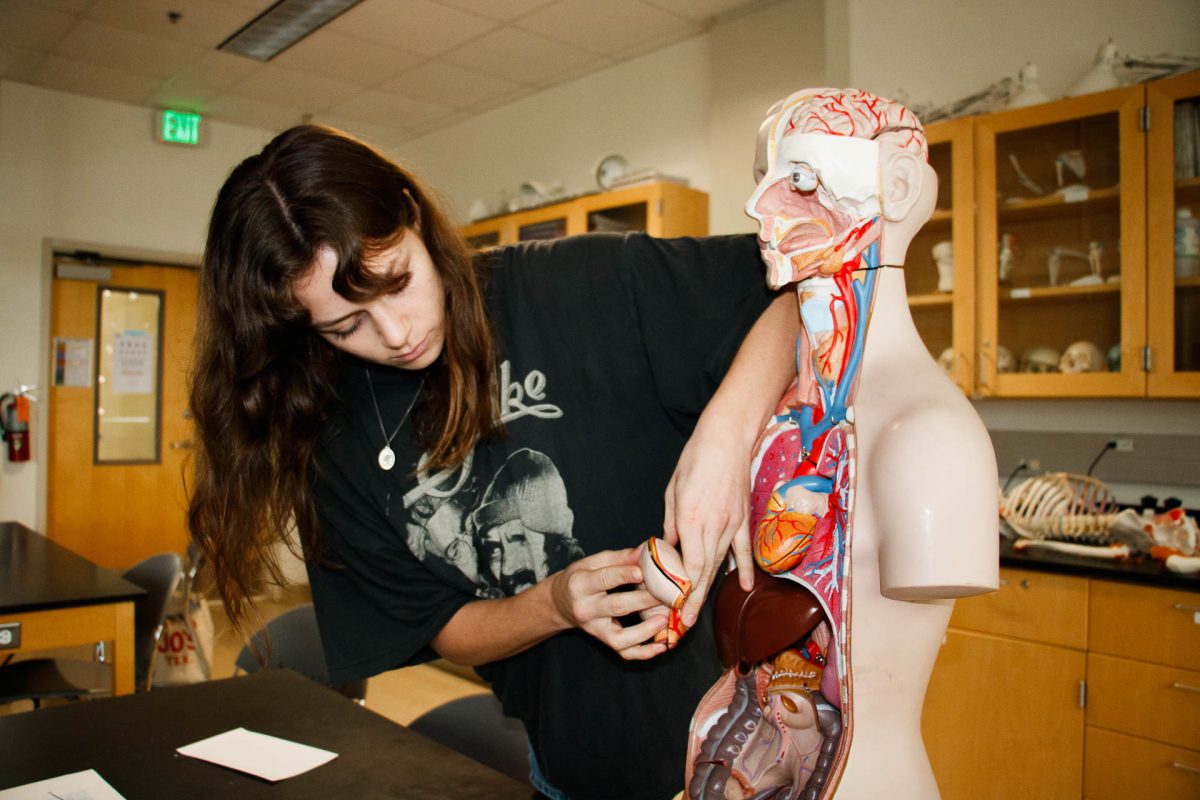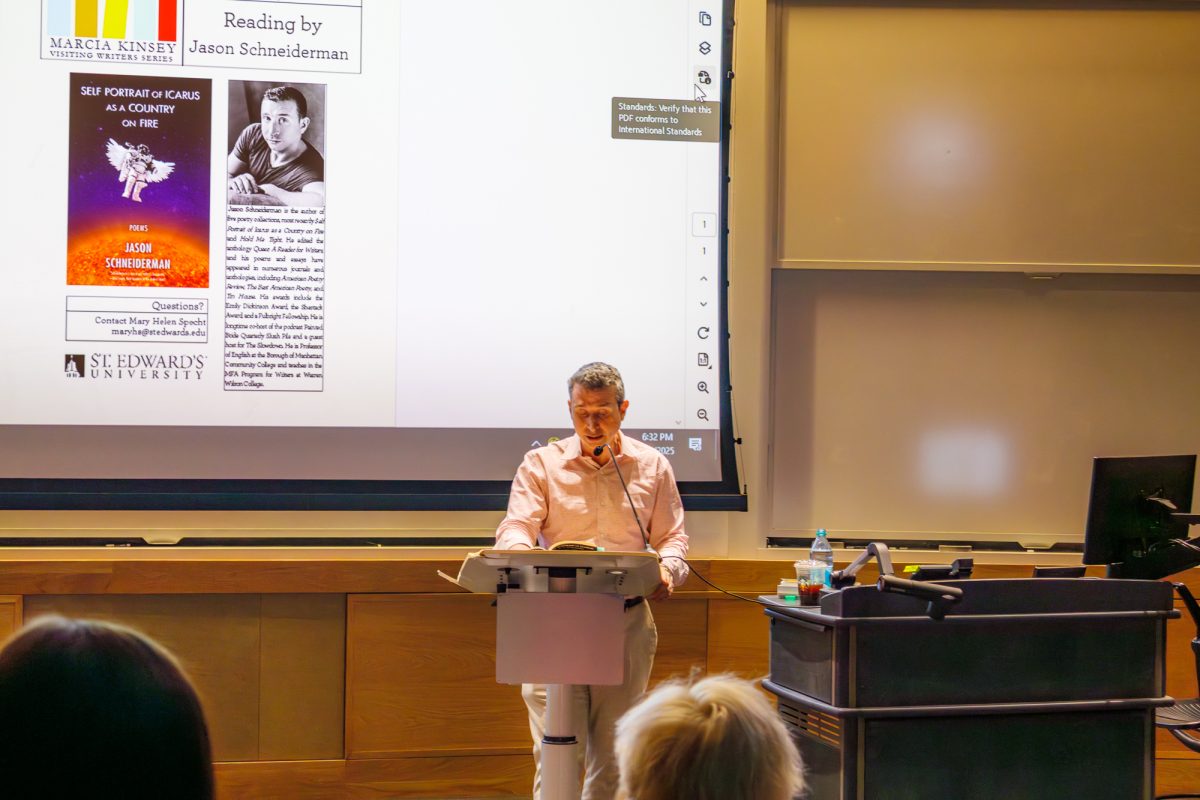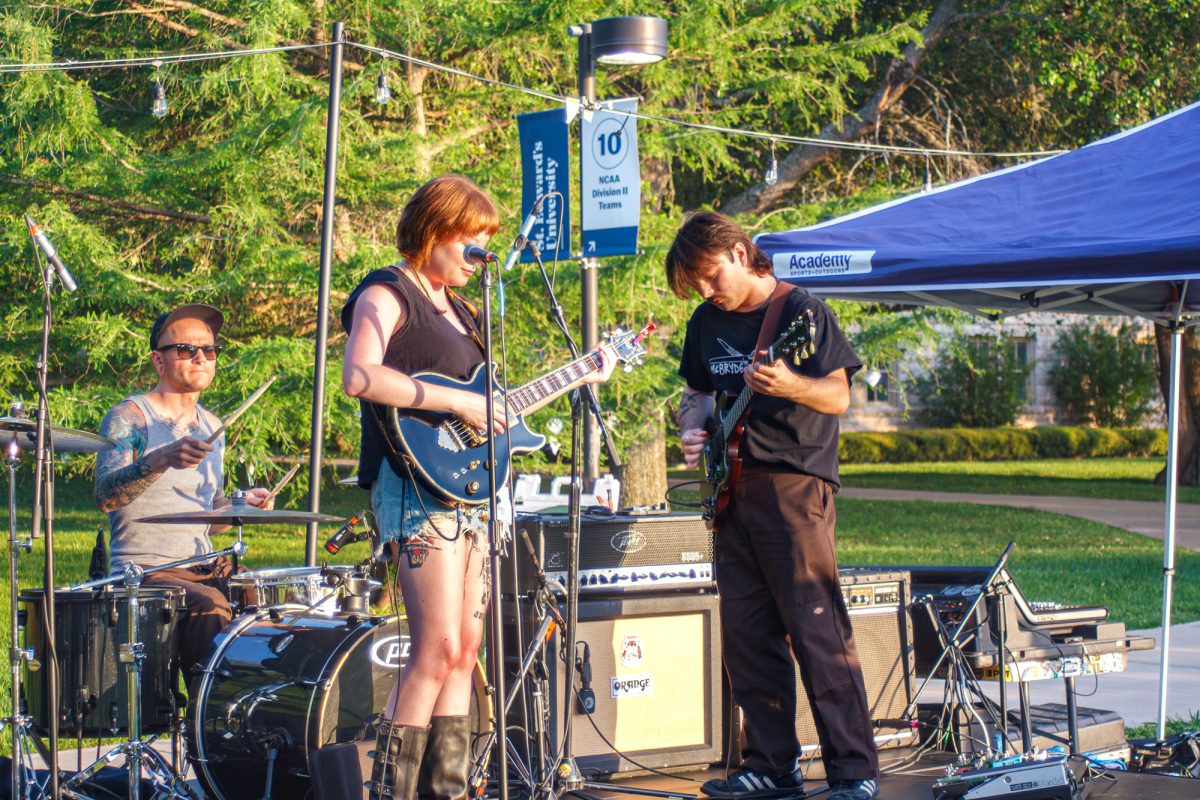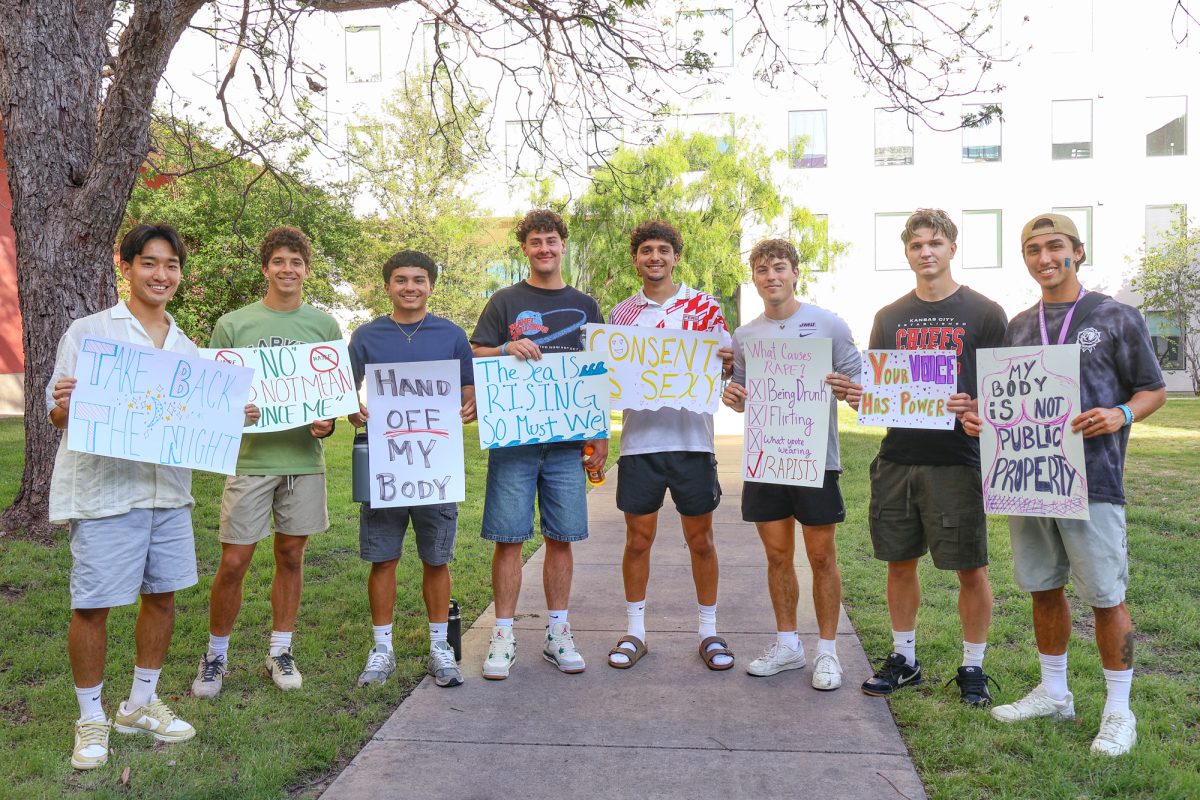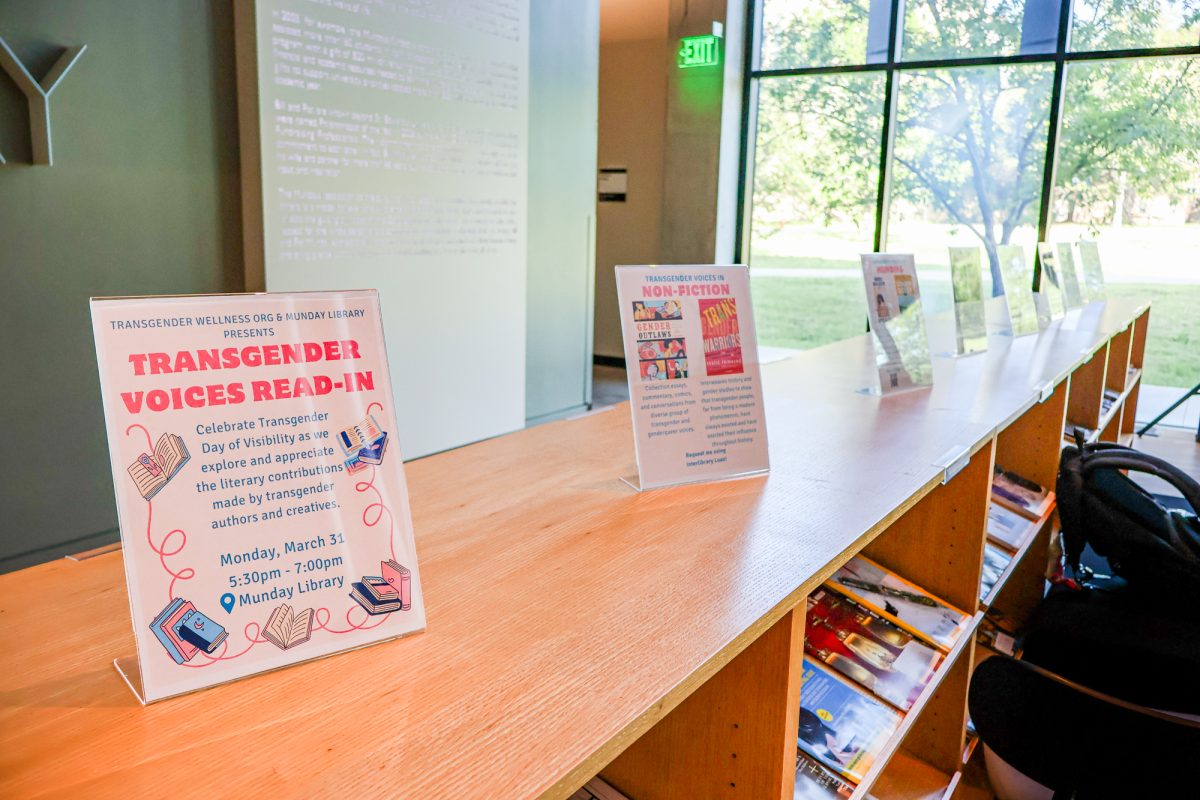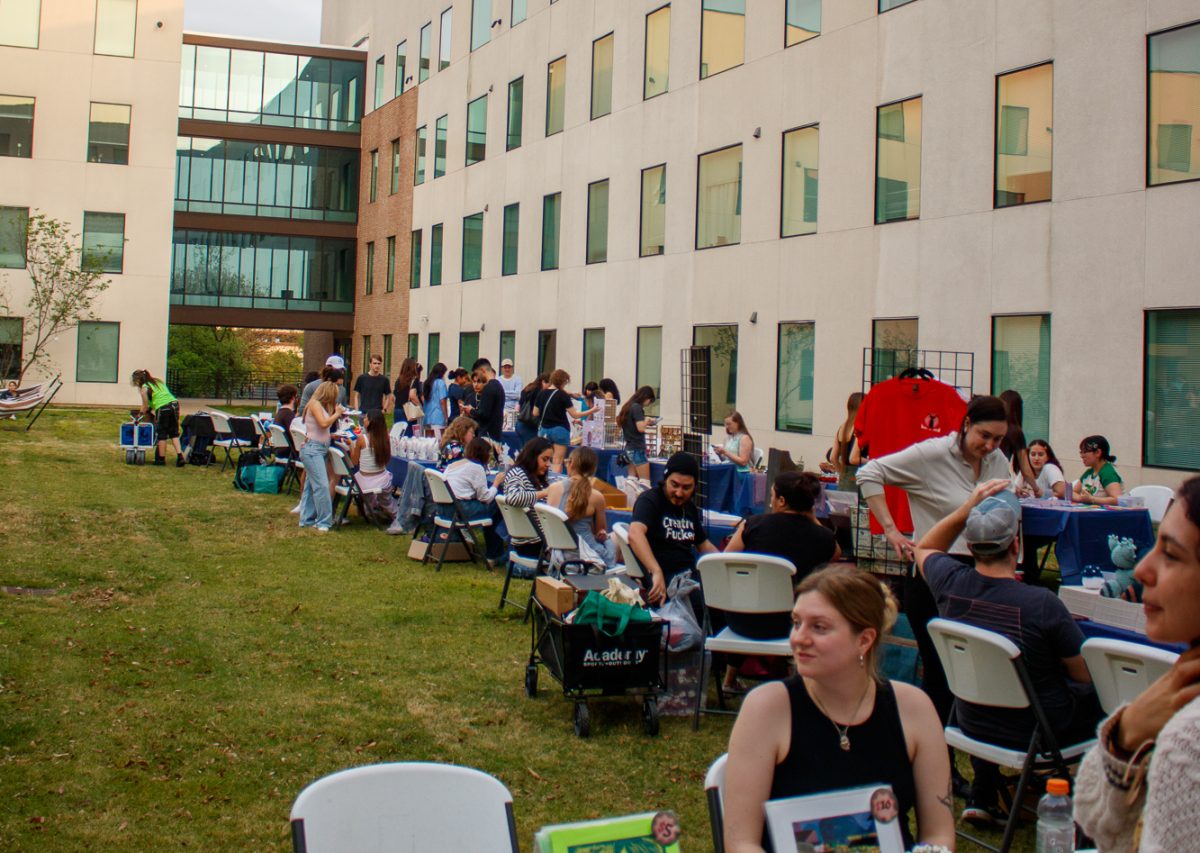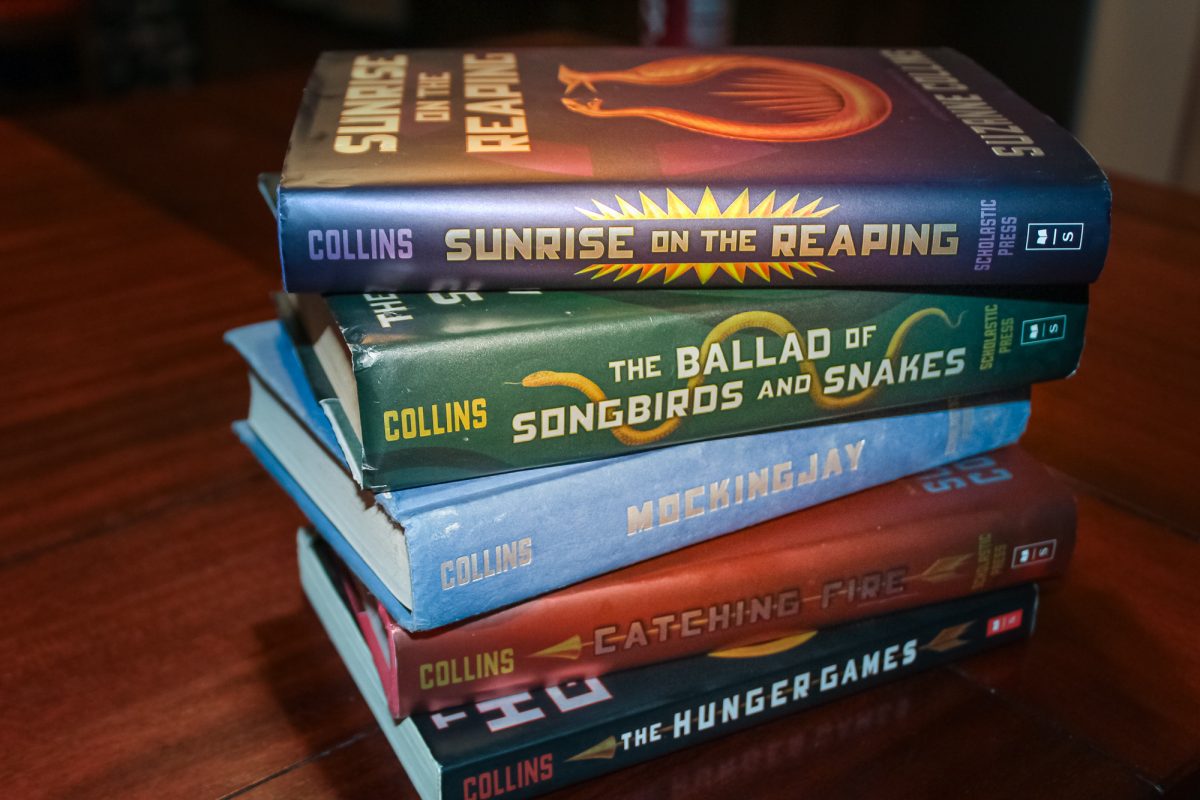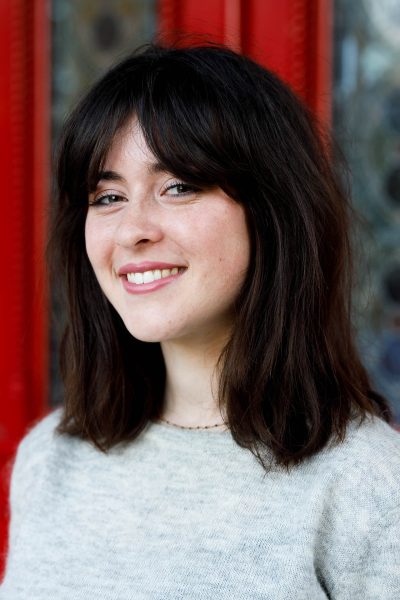In many universities, students have the opportunity to assist their professors in classes to learn directly from the field as a Teaching Assistant (TA) or Supplemental Instructor (SI).
“SI and TA have similar roles but are two different things,” senior Emily Holechek said. “TA is more about guiding students in physical applications while SI is really heavy on teaching with conceptual applications. They are very similar in helping students and that’s why I like it.”
Holechek is a senior from San Marcos, Texas, majoring in Biology and minoring in Psychology. She has been a TA at the Human Anatomy Lab for Assistant Professor of Biology Kristopher Row, Ph.D., as well as a SI in Biochemistry under Professor Prerna Kaur and in General Biology II under Professor Michelle Green for a year.
“It actually provides a lot of opportunities,” Holechek said. “Within the natural sciences department, I think that being a TA and being in a position of leadership helps a lot. Other professors will see that you’re capable of working and helping other students, and have good skills at communicating with your professors.”
When looking for a TA, Row explains the three criteria he looks for: understanding and being familiar enough with the material, being outgoing to the students rather than waiting for them to ask for help and being passionate about the subject.
“When you become a professor, you study something so often that it’s easy to forget what you expect an undergrad to know,” Row said. “Sometimes you expect more than what’s feasible. So, my TA, Emily and Nich, would give me the sounding board to be like ‘this is definitely acceptable’ or ‘yeah I think that’s one too many.’ It really helped me make sure that my material was geared to the proper audience.”
Human anatomy is one of Holechek’s favorite subjects so she wanted to have more hands-on experiences such as helping students in a lab setting.
“As a TA, I try to have those more personal relationships than just ‘oh I’m your supervisor or whatever,’” Holechek said. “I think that it’s a good thing if you kind of let those walls down a bit so you can connect to your students more. If they can see you on the same level, they’re not afraid to ask questions and are not intimidated by you.”
One of her students, junior Iza Garcia, explains feeling more engaged and supported by having a TA in class, as it allows more personalized attention and feedback.
“It is just so easy to talk to Emily,” Garcia said. “During our muscles lab, she dresses up in a muscle suit to help us locate and learn the names of individual ones, which wasn’t only entertaining but helpful.”
A typical week of preparation for Holechek starts with meeting Row on Monday to discuss what needs to be done so she can set up all the models on Tuesday that will be used during labs on Wednesday.
“My relationship with my professor is actually awesome, our dynamic is very strong,” Holechek said. “We just communicate a lot, and have regular friendly conversations.”
As a student herself, holding those leadership positions taught Holechek how to manage her time efficiently.
“I’ve gotten a lot better at trying to maintain a social life,” Holechek said. “Even before I was working this many jobs — when I was just doing SI and doing research — all the homework and being a STEM major, it’s really demanding, so I used to just be a recluse. I would never see my friends because I just had so much to do. But I think, as I get older and I mature, I realize the importance of, not just school work, but also being able to enjoy your life, especially while we’re young and while we’re in college. I don’t want to miss this experience just because I’ve been so busy.”
Holechek’s favorite part of being a TA is to witness students’ breakthroughs.
“People have different styles of learning, and if they’re not able to get it from the professor’s side, it can be really difficult to approach them because they’re older and have more degrees than you,” Holechek said. “So if students are able to make a connection with you where they’re comfortable enough to ask questions and really work through the nitty gritty, I think that’s the most fulfilling and satisfying thing. Especially when you can tell they didn’t get it beforehand but now they do — it’s my favorite thing ever.”


